Before our world was dominated by smartphone notifications and digital beeps, a rich tapestry of mechanical and analog sounds formed the soundtrack of daily life. These distinctive audio signatures—created by physical mechanisms rather than electronic programming—defined experiences and triggered memories in ways that today’s more homogenized soundscape rarely achieves. For many of us, hearing these vanishing sounds again can instantly transport us back in time, awakening dormant memories and evoking powerful nostalgia for bygone eras when technology made more noise and daily life had a different rhythm.
1. The Melodic Chaos of Pinball Machines
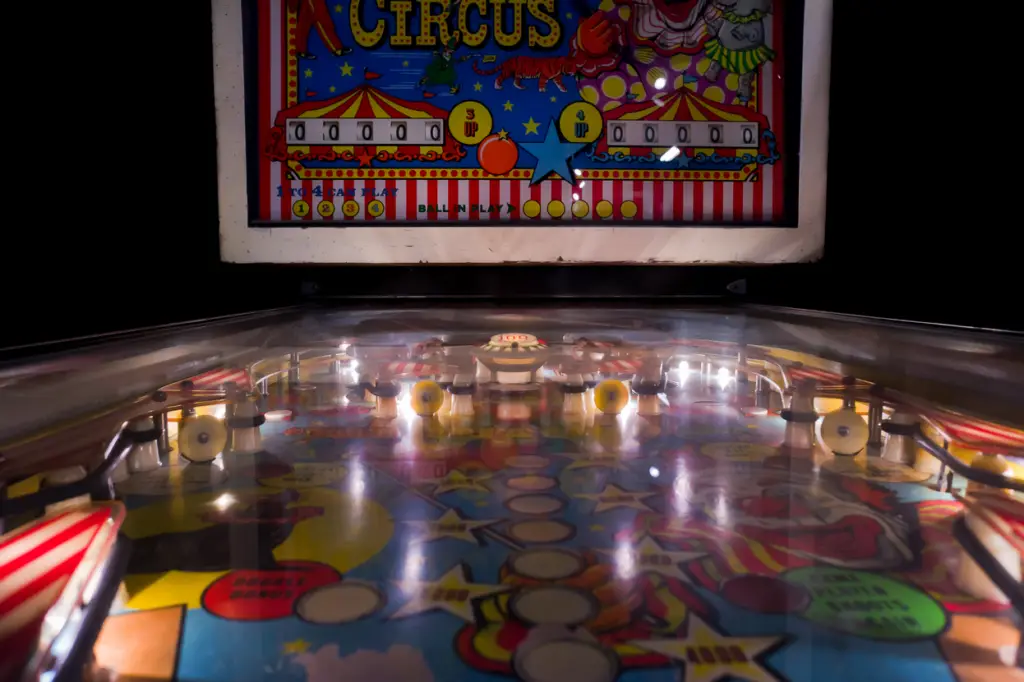
The symphony of a pinball arcade created an unmistakable audio experience, with steel balls ricocheting off bumpers, flippers slapping against rubber-lined targets, and bells ringing to signal achievements. Each impact produced a genuine physical sound—not a digital recreation—creating a percussive soundtrack that increased in tempo and volume with your success. The mechanical score counter’s rapid clicking as numbers rolled over marked your progress, punctuated by the occasional thrilling “thunk” of a free game being awarded. Museum of Play rockets into the past to give a comprehensive history of this zany, addictive game.
The decline of arcades has made this immersive soundscape increasingly rare, with modern devices carefully programmed to simulate sounds once produced naturally through physics and mechanics. The distinctive “tilt” warning—that ominous noise when you jostled the machine too aggressively—carried real consequences as the flippers went temporarily dead and your precious quarter’s worth of play hung in the balance. Today’s digital pinball simulations can replicate the visuals perfectly but struggle to capture the physical sensation of sound waves emanating from a large wooden cabinet vibrating with genuine mechanical action.
2. The Rotary Dial Phone’s Circular Return
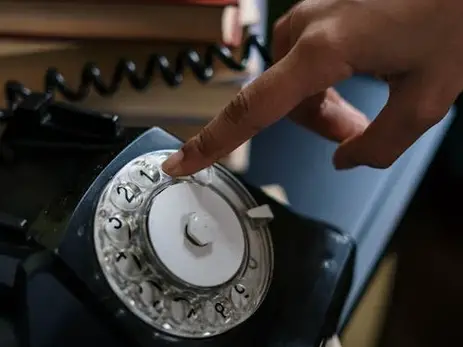
The rotary telephone dial produced a distinctive mechanical whirring as you released each number and the dial returned to its resting position, clicking steadily against its stop. This sound—guaranteed to mystify anyone born after 1995—required patience and precision, with wrong numbers resulting not from tapping the wrong key but from inaccurately placing your finger in the wrong hole or not pulling the dial completely around. The mechanical bell ringer inside the phone housing produced a genuine two-tone ring that carried through homes, signaling incoming calls with authority that no customized digital ringtone can match. According to House Beautiful, this feature may be enjoying a comeback, as the latest generation is becoming obsessed with this vintage device.
The physicality of dialing created a relationship with each phone number—longer numbers with more 9s and 0s required more time and effort, making frequently called numbers like Grandma’s feel meaningfully different from rarely dialed ones. The audible clicks of the dial’s return conveyed information to the phone system through precise mechanical timing rather than electronic signals, creating a perfect marriage of form and function that made the dialing process transparent and understandable. Few sounds better represent the pre-digital era than this deliberate, mechanical process that required genuine physical effort to initiate communication, making every call feel like a more intentional act than today’s casual screen taps.
3. Pay Phone Coin Drops and Returns
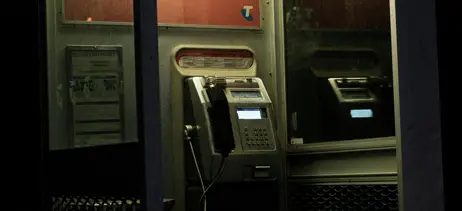
The distinct cascade of coins dropping through the mechanical innards of a pay phone created a uniquely satisfying sound that signaled your connection to the outside world was funded and forthcoming. The weight and material of different coins produced distinctive tones as they fell, with experienced users able to distinguish the higher ping of a quarter from the duller thud of a nickel without looking. When your call ended or failed to connect, the coin return lever activated a mechanical sequence that sent your money tumbling down the metal chute into the external tray with a jingling finality that digital refunds will never replicate. In recent years, HowStuffWorks reports that Philadelphia is working on bringing pay phones back, so prepare to dial up some nostalgia.
The rhythmic “ka-chunk, ka-chunk, ka-chunk” of multiple quarters being fed into a long-distance call created a tangible relationship between money and time, with each deposit buying precious additional minutes of conversation with loved ones far away. Pay phones in busy locations created their own ambient soundtrack—coins dropping, rotary dials spinning, and the occasionally frustrating “bonk-bonk-bonk” rejection noise when a coin was deemed unacceptable by the mechanical validator. The sound of someone frantically smashing the coin return lever in hopes of dislodging forgotten change became part of the urban audio landscape, occasionally rewarding persistent users with the unexpected music of forgotten coins finally breaking free.
4. TV Channel Dials Clicking Through Limited Options

Before remote controls and endless streaming options, television viewing began with the distinctive click of the channel selector knob turning through limited offerings—each position providing a satisfying tactile and audible confirmation as it locked into place. The UHF dial on older sets turned with less resistance, accompanied by a softer, scratchier sound as you fine-tuned the position to clear up stations that always seemed slightly out of perfect reception. These mechanical interactions created a haptic relationship with your television, requiring physical engagement rather than the passive button-pressing that would characterize later viewing habits.
The process of finding something to watch was an auditory experience—click, click, click—each sound representing another rejected option until you found suitable entertainment among your dozen or so choices. The hollow plastic dial created resonant acoustics that amplified these selection sounds throughout quiet living rooms, often accompanied by the static bursts between channels that momentarily filled the speaker. When combined with the high-pitched electronic tone of the television warming up and the distinctive electric hum of the cathode ray tube, these mechanical interactions created a multi-sensory ritual that modern silent screens have eliminated from daily life.
5. Cassette Tape Mechanisms Engaging
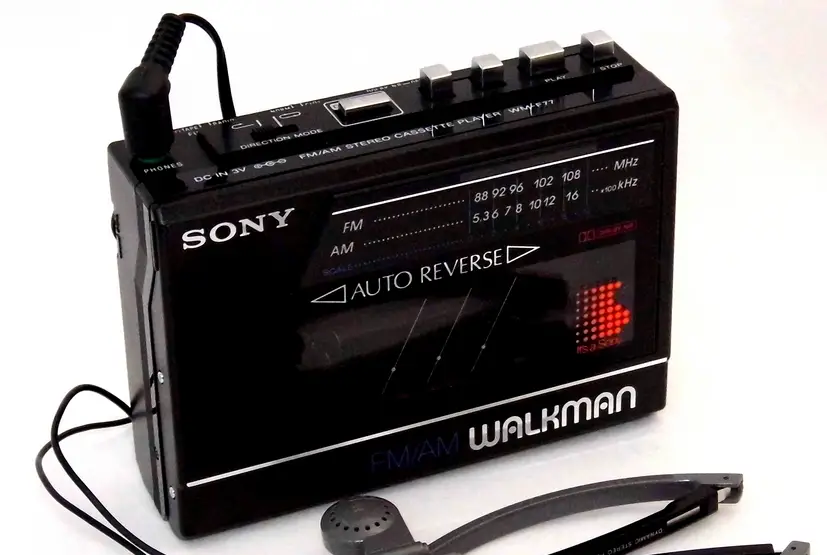
The process of playing a cassette began with the distinctive chunky click of the play button locking into position, followed by a brief whirring as the spindles took up slack in the tape. Rewinding or fast-forwarding produced a high-pitched accelerating whine that changed tone as the tape transferred from one spindle to another, creating an audible indication of your progress through the recording. The satisfying mechanical clunk of the auto-stop function engaging at the tape’s end signaled that it was time to flip to side B, preserving the heads and motors from unnecessary wear while creating a natural intermission in your listening experience.
Portable cassette players added their own unique acoustics with buttons that clicked with less authority but offered greater intimacy as they operated inches from your ears. The gentle regular clicking of the auto-reverse mechanism detecting the silence between songs became an expected part of the listening experience, as did the gradual slowing of playback when batteries began to weaken, dragging the music into deeper, distorted territory. Accidentally hitting “record” produced a distinctive dual-button sound that triggered immediate panic, while the soft noise of the pressure pad pressing the tape against the playback head created gentle background white noise during quiet passages—a sonic watermark that identified the medium regardless of the recorded content.
6. Cash Register Mechanical Keys and Bell
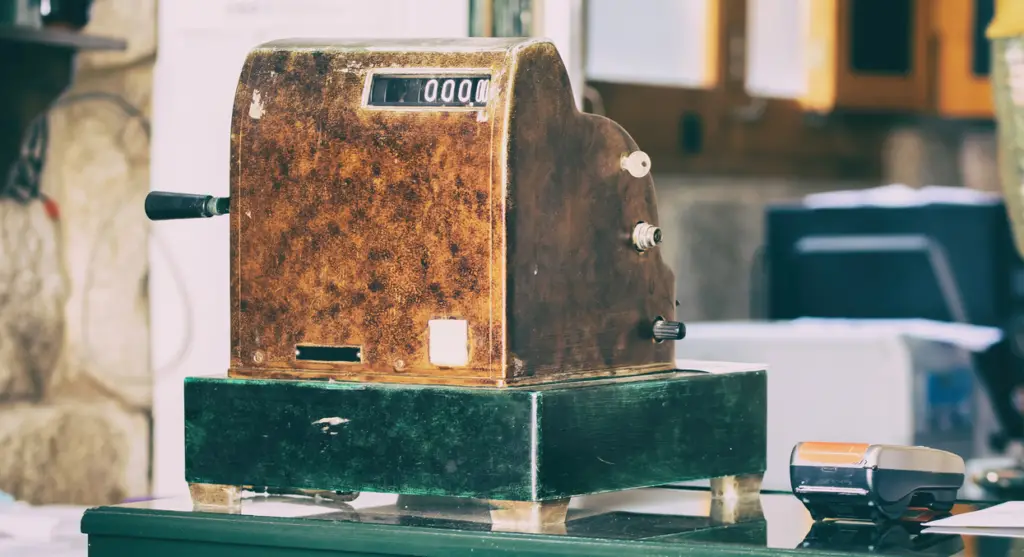
Department store transactions were once accompanied by the percussive clickety-clack of manual cash register keys being pressed with authority by experienced cashiers. Each numbered key made a slightly different sound based on its position on the keyboard, creating rhythm patterns as prices were entered in rapid succession by trained fingers that knew the keyboard by touch. The process culminated in the satisfying mechanical ka-CHING of the drawer sliding open, often accompanied by a small bell that announced the completion of the sale to nearby managers keeping an ear out for business activity.
The sound of coins being sorted into their specific compartments created a metallic symphony of circular economy, with each denomination finding its home through the cashier’s practiced movements. Paper receipts emerged from these mechanical beasts with a distinctive tearing sound as the cashier separated your proof of purchase from the continuous roll, sometimes adding the scratching sound of a signature for credit card purchases. The weighted thunk of the drawer being pushed closed after the transaction marked the definitive end of the commercial ritual, providing subconscious confirmation that the exchange was complete in a way that silent digital transactions never quite achieve.
7. Film Projector’s Steady Whirring

The 8mm home movie projector created a distinctive mechanical soundtrack for family gatherings, with its rhythmic clacking as film passed through the gate and the steady whooshing of the cooling fan preventing the intense projection bulb from overheating. The empty take-up reel created a distinctive flapping sound as the first frames of film wrapped around it, gradually diminishing as the reel filled and gained momentum with each rotation. For those who experienced childhood before VCRs became common, this distinctive mechanical chorus was the soundtrack of nostalgia itself—the audio signature of revisiting vacations, birthdays, and everyday moments preserved on celluloid.
In school settings, the 16mm educational film projector announced learning breaks with its own variation of these mechanical sounds, including the distinctive sound of the teacher threading film through multiple rollers and sprockets before the presentation could begin. The occasional film break would introduce the unique sound of flapping celluloid followed by collective groans from students and the sharp snap of the classroom lights being turned back on prematurely. The projector’s sounds created anticipation regardless of the content, transforming ordinary classrooms into cinematic spaces where the mechanical rhythm of education through film transported students beyond textbook limitations.
8. Typewriter Keys Striking Paper
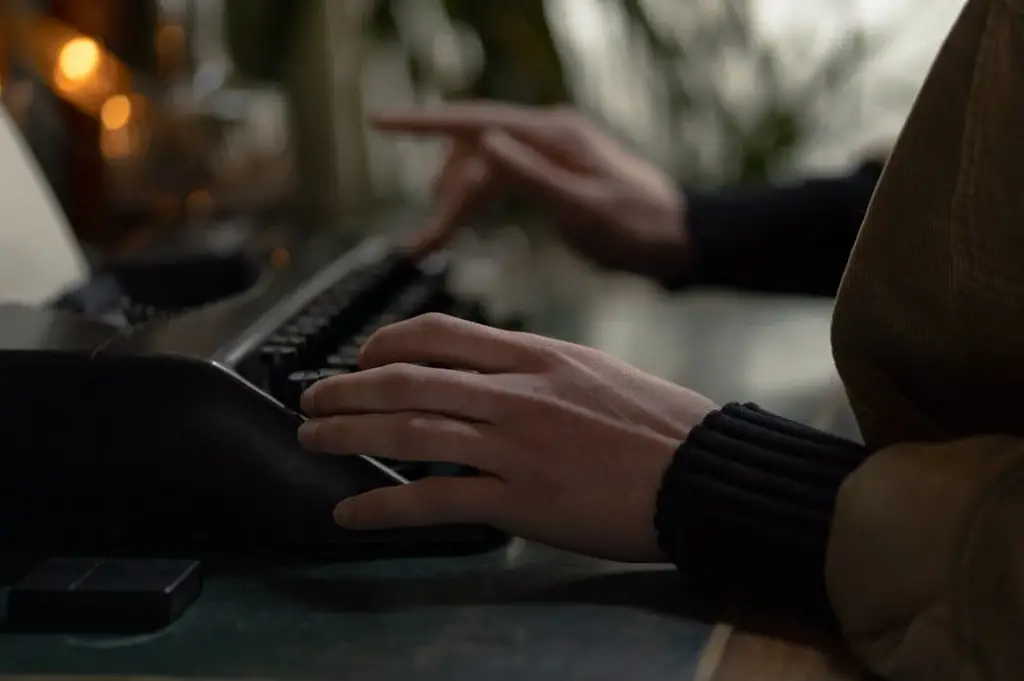
Manual typewriters created a percussive symphony of productivity, with metal typebars striking the paper with authority and the distinctive ding of the bell warning typists they were approaching the end of each line. The mechanical carriage return lever created a satisfying zip-clunk as it reset the position, sometimes accompanied by the typist’s unconscious vocalization of satisfaction at completing another line of perfect copy. The rhythm of experienced typing had a musicality all its own, with letters striking at irregular intervals but creating patterns that reflected the typist’s skill and the cadence of the language being recorded.
The distinctive sound of correcting errors—whether through the scratchy erasure of mistakes or the papery whisper of correction fluid being applied—added texture to the typewriter’s acoustic profile. Carbon copies amplified these noises as keys struck through multiple layers of paper and carbon sheets, requiring more force and creating deeper, more resonant impacts on the platen. The sound of paper being fed into the machine, rolled forward with small precise clicks of the platen knob, and finally ripped free with a decisive zip marked the beginning and end of documents in a way that opening and closing digital files cannot replicate.
9. Polaroid Camera Whir and Print Ejection
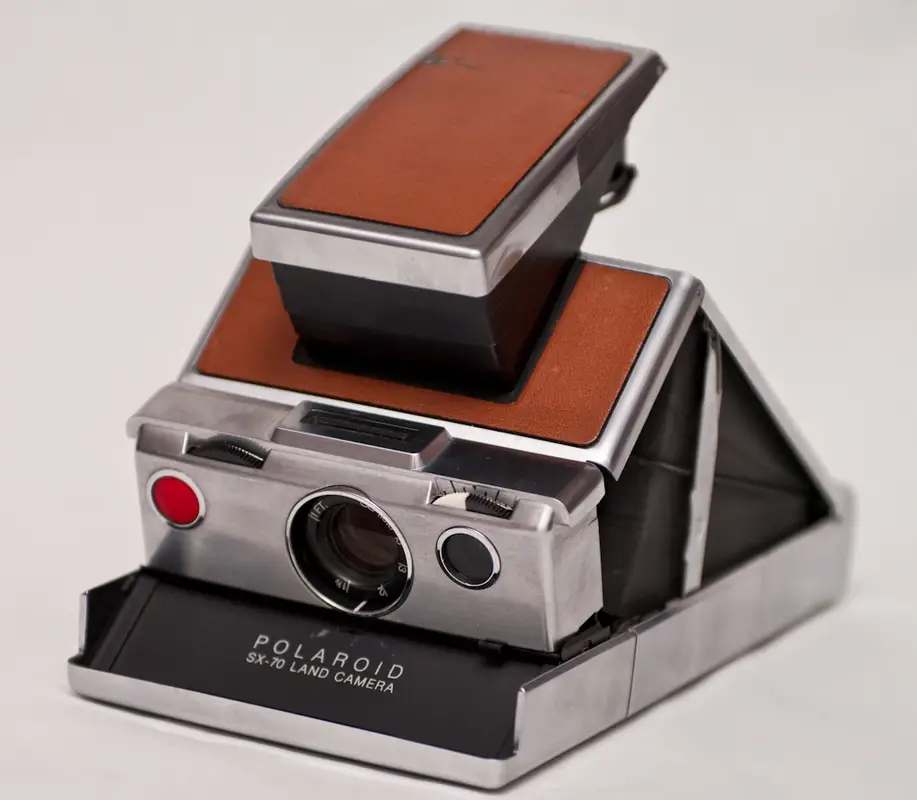
The Polaroid instant camera’s mechanical processes began with the distinctive flat click of the shutter button, followed immediately by the whirring motor that initiated the chemical development process. The sound of the print being ejected from the camera created a moment of collective anticipation at gatherings, as everyone waited through the development time to see if the composition, lighting, and expressions would come together successfully. This mechanical symphony represented immediate gratification in an era when most photography required days or weeks of processing time before results could be viewed.
The development process itself had its own subtle acoustics, with the freshly ejected print making a soft crackling sound as chemicals spread between layers and gradual image formation began. The plastic-on-plastic sound of someone impatiently waving the developing print (despite instructions not to) became part of the social experience of Polaroid photography, along with the verbal reactions to the slowly emerging image. Few technological sounds have connected so directly to the passage of time as the Polaroid’s mechanical processes, creating a shared acoustic countdown to the reveal that digital photography’s instantaneous results have eliminated.
10. Record Player Needle Drop and Surface Noise
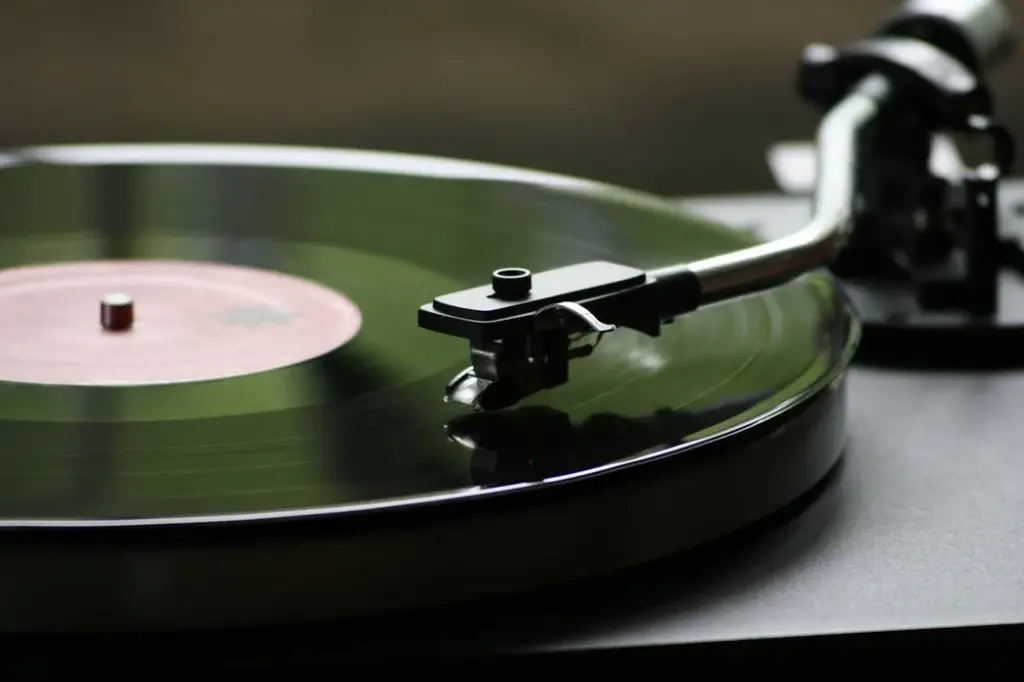
The careful placement of a turntable needle onto vinyl created a brief moment of static before the music began—a sound so distinctive that modern digital music production sometimes artificially adds this effect for nostalgic authenticity. Each record had its own unique pattern of pops, clicks, and surface noise—audio fingerprints that became so familiar to listeners that their absence from specific parts of beloved songs could feel jarring when hearing cleaner versions. The mechanical process of playback meant that the music arrived accompanied by physical evidence of its medium—the needle physically riding the groove and translating tiny variations into sound waves that filled the room.
The automatic return mechanism on higher-end turntables created its own mechanical symphony at the record’s conclusion—a series of whirs, clicks, and the gentle thunk of the tonearm returning to its rest position. Manual turntables concluded with the distinctive circular scratch of the needle endlessly tracking the locked runout groove until someone intervened, creating a rhythmic loop that signaled throughout the house that the listener had fallen asleep or left the room. The substantial mechanical clunk of the power switch being turned off provided definitive closure to the listening experience, confirming through sound that the delicate mechanisms had powered down and the music had truly ended.
11. Slide Projector Carousel Advance

Family slide shows began with the distinctive fan noise of the projector warming up, creating anticipation for the visual journey through vacations, celebrations, or everyday moments captured on Kodachrome. Each slide advance was announced with a distinctive mechanical ka-chunk as the carousel rotated and dropped another slide into position, creating a rhythm to memory-sharing that digital slideshows lack. The combined sound of the cooling fan and mechanical advance mechanism created a white noise backdrop for family commentary, laughter, and occasional debates about when or where particular photos were taken.
The hollow plastic sound of slides being loaded into the carousel slots before the show created its own preparatory soundtrack, along with the occasional “hmm” of the presenter removing or rearranging slides to improve the narrative flow. When the show concluded, the projector’s fan would continue running for a cooling-down period, gradually decreasing in pitch and volume until the presenter finally switched it off with a decisive click. These mechanical sounds became so associated with family storytelling and shared history that many people today find the acoustic signature of slide projectors powerfully evocative even separated from the visual experience they once facilitated.
12. Library Card Catalog Drawer Operations
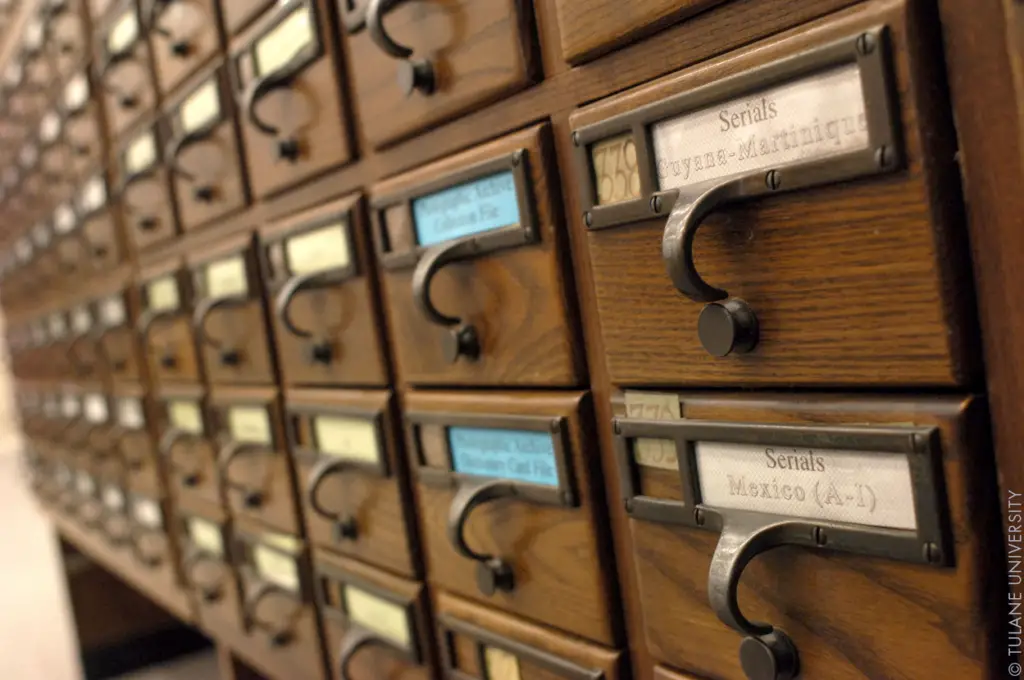
The wooden card catalog drawers in libraries opened with a distinctive smooth glide and subtle friction sound that varied depending on humidity and the drawer’s fullness. The initial pull required just enough force to overcome inertia, creating a satisfactory wooden-on-wooden sound as the drawer slid along its runners to reveal neatly arranged cards containing the library’s organizational wisdom. Cards being flipped produced a rhythmic shuffling noise as researchers moved through the alphabet seeking specific titles or authors, the sound of concentrated research that digital searching has rendered obsolete.
The gentle thud of the drawer being pushed closed—carefully, lest one incur the librarian’s disapproving glance—provided closure to this information-seeking ritual. The occasional removal of a card for copying details created the distinctive sound of the metal rod being removed and replaced, followed by the whisper of the card being slid back into its precise position in the catalog ecosystem. These tactile and acoustic interactions with knowledge organization systems created meaningful physical relationships with information retrieval that silent electronic searches can’t replicate, regardless of their superior efficiency.
13. TV Static Between Channels

The distinctive white noise of television static created an audio-visual experience immediately recognizable to anyone who grew up before cable and satellite eliminated broadcast dead zones. This randomized sound—technically the audible component of cosmic microwave background radiation from the Big Bang—became the sonic representation of emptiness, absence, and the spaces between content. Late-night static after the national anthem played and broadcasting ceased for the day created an eerie, liminal sound experience that marked the definitive end of the viewing day for insomniacs and night owls.
The process of fine-tuning channels often produced varying levels of static that experienced viewers could interpret almost as a guidance system, with decreasing static indicating you were getting closer to optimal reception. Parents developed selective hearing for the sudden static burst that indicated children had changed to forbidden channels, making this noise a kind of acoustic alarm system for unauthorized viewing. As digital broadcasting eliminated the analog spectrum, this cosmic hiss disappeared from our media landscape—one of many physical phenomena rendered obsolete by technological progress that leaves no room for in-between spaces and their distinctive sounds.
The vanishing soundscape of mechanical and analog technologies represents more than nostalgic curiosity—it marks a fundamental shift in our sensory relationship with the objects and processes that surround us. Modern digital devices, designed for silent efficiency, may improve functionality but often at the cost of sensory feedback that once made technology’s operations transparent and comprehensible. Perhaps what we miss most about these disappearing sounds is how they connected us physically to cause and effect, creating an honest relationship between action and reaction that today’s black-box technologies rarely provide. In their mechanical music, these sounds told us not just that something was happening, but exactly how it was happening—a kind of technological transparency increasingly rare in our quietly efficient digital world.


